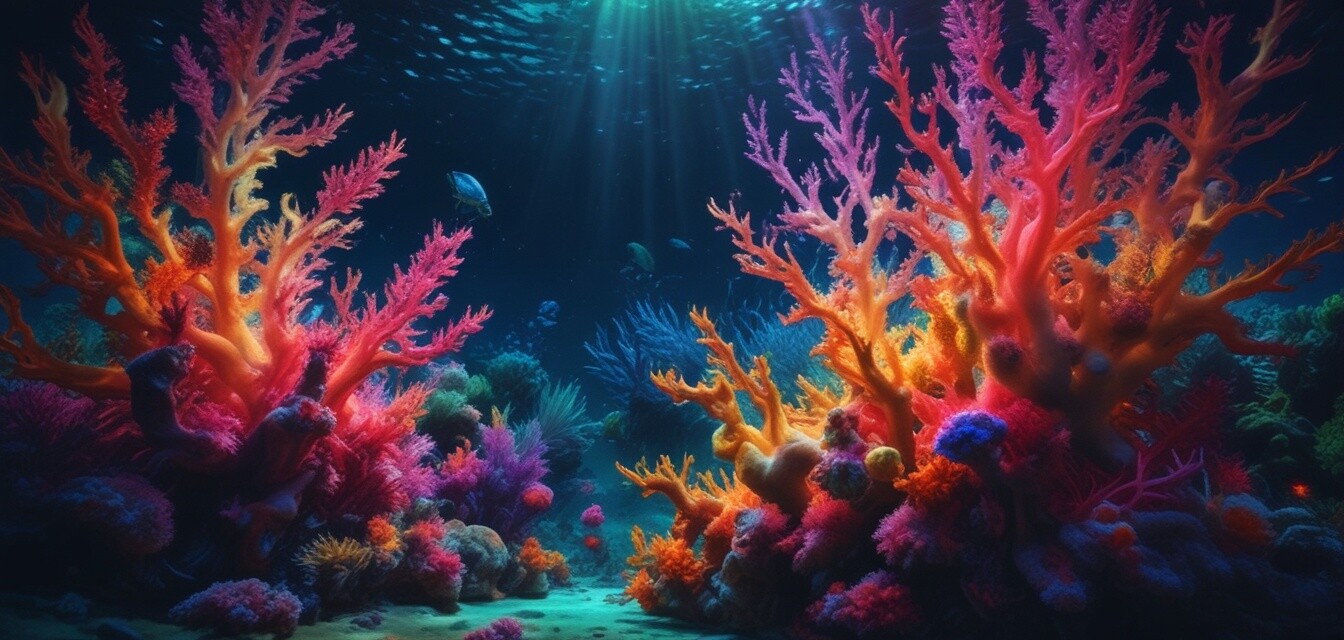
Techniques for Light Painting in Underwater Photography
Key Takeaways
- Light painting creatively enhances underwater photography.
- Essential gear includes underwater cameras and light sources.
- Consider composition, timing, and movement for effective results.
- Experiment with different light sources for unique effects.
- Practice is key to mastering light painting techniques.
Underwater photography is an art that captures the enchanting beauty of marine life and the vibrant ecosystems beneath the waves. One innovative technique that has gained popularity among underwater photographers is light painting. By using various light sources creatively, photographers can create stunning visuals that portray the underwater world in unique ways. This article explores effective techniques for light painting that can elevate your underwater photography skills.
What is light painting?
Light painting is a photographic technique where light is moved in diverse ways during a long exposure shot. Underwater, this technique can be particularly striking—creating vivid colors and mesmerizing patterns that capture the viewer's attention. Light painting not only enhances the aesthetic appeal but also adds dimension to photographs taken in darker underwater environments.
Essential Gear for Underwater Light Painting
To embark on your light painting journey, it’s crucial to have the right gear. Here are some essential items you'll need:
| Equipment | Description |
|---|---|
| Underwater Camera | A reliable underwater camera is paramount for capturing clear images in diverse lighting conditions. |
| Light Source | Using submersible LED lights or glow sticks can produce vibrant illumination effects. |
| Tripod or Stabilizer | Essential for keeping your camera stable to achieve clear long exposure shots. |
| Filters | Color filters can enhance your lighting effects, giving your shots a unique flavor. |
Setting Up for Light Painting
Before you dive into light painting, it’s important to prepare properly. Here’s a step-by-step guide:
- Choose Your Location: Select an area with minimal ambient light to make the colors from your lights pop.
- Plan Your Shot: Visualize the composition you want, considering how the light will interact with your subject.
- Stabilize Your Camera: Use a tripod or stabilizer to prevent motion blur during long exposures.
- Set Camera Parameters: Opt for a slower shutter speed to capture movement while adjusting aperture settings as needed.
Light Painting Techniques
There are numerous ways to incorporate light painting into your underwater photography. Here are some popular techniques to experiment with:
- Slow Sweep: Move your light source in a smooth sweeping motion to create streaks of light across your frame.
- Pointillism: Use small movements to create numerous points of light, resembling stars or bubbles.
- Color Mixing: Utilize different colored light sources for captivating color blends, enhancing the visual landscape.
- Focus on Subjects: Shine your light directly on your subjects, drawing attention to them amidst their surroundings.
Experimenting with Color and Composition
To bring uniqueness to your photographs, experiment with color and composition. Here are some ideas:
| Technique | Effect |
|---|---|
| Using Filters | Modifies the light color, creating dramatic atmosphere. |
| Varying Light Angles | Changes how shadows fall and can alter the mood. |
| Layering Light | Creating depth and visual interest by layering multiple light sources. |
Practice Makes Perfect
Success with light painting takes time and practice. Experiment with different techniques and do not be afraid to make mistakes. The underwater realm offers plenty of opportunities for learning and discovering unique artistic avenues.
Conclusion
Light painting can dramatically transform your underwater photography, adding creativity and captivating visual effects. By mastering various techniques and utilizing essential gear, you'll be well on your way to producing stunning underwater images that truly reflect the beauty of the depths.
Tips for Beginners
- Start with simple movements and slowly build complexity as you gain experience.
- Take safety precautions while diving to ensure both your well-being and your equipment.
- Always check your lighting conditions and adjust accordingly. Practice in both day and night scenarios.
- Review your shots afterward to learn what worked and what did not.
Further Reading
Enhance your underwater photography skills with these informative resources:

